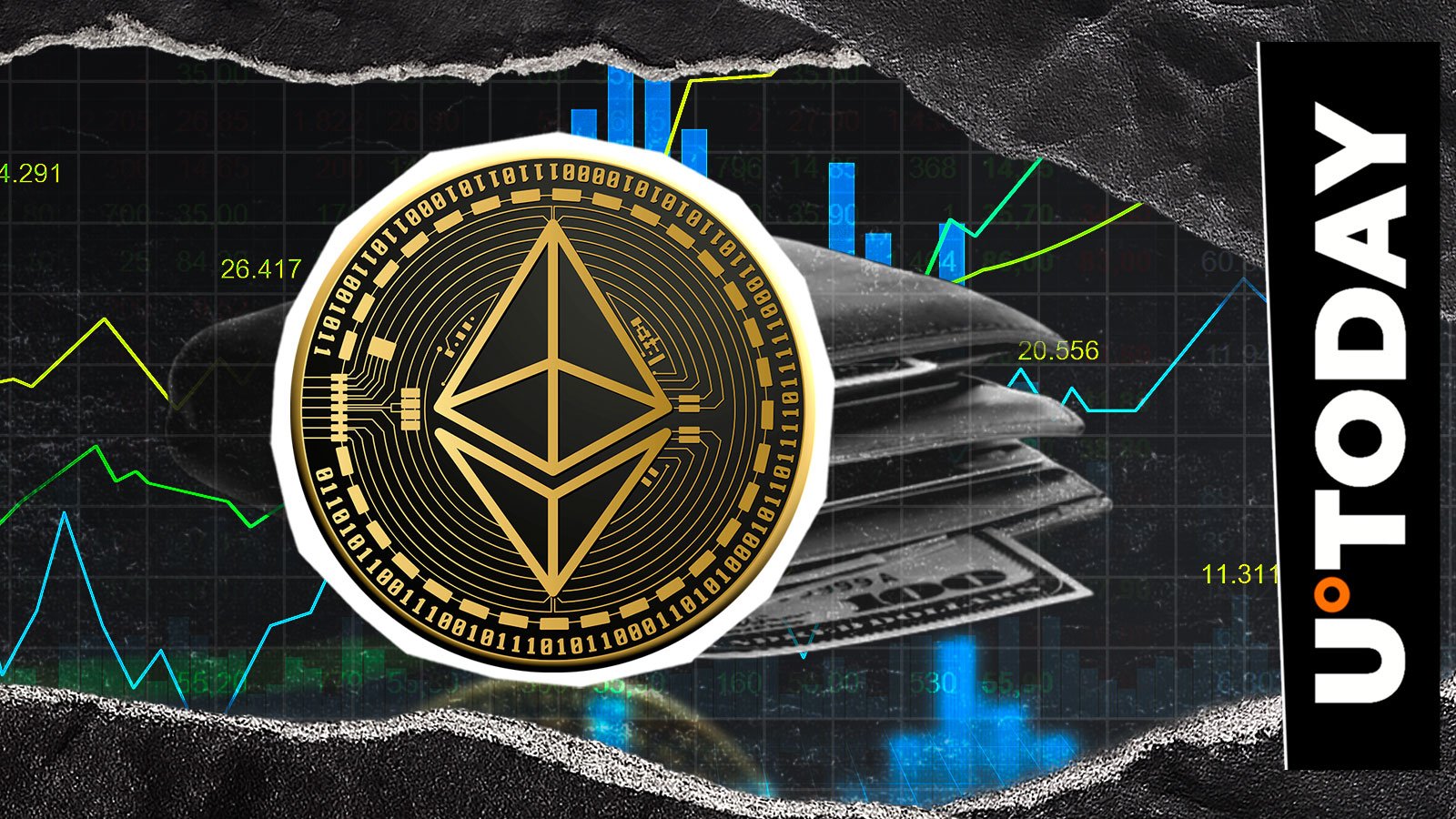The market is alarmed after an Ethereum wallet connected to the Ethereum Foundation unexpectedly came back to life after almost 10 years of inactivity. The recent transfer of 4,000 ETH (worth $17.13 million) to a new address by wallet 0x0F08 has sparked conjecture that additional movement of its holdings may have an effect on Ethereum’s price.
The history of Ethereum is closely linked to this wallet. In 2015, when the total value of the tokens was only $91,000, or about $0.93 per ETH at the time, the Ethereum Foundation sent 97,500 ETH directly to the address. The wallet then sent its first Ethereum to Kraken at $4.65, a move that, looking back, hardly touched the surface of Ethereum’s potential for long-term value.
Two factors make the nine-year reawakening noteworthy. It first draws attention to the extent to which early ETH allocations are dormant and subject to abrupt reintroduction into the market. Second, because investors perceive them as possible selling pressure, big transfers like these frequently cause market anxiety. The psychological effects of old Ethereum moving after almost 10 years tend to affect sentiment, even though a $17 million transfer might not seem like much given Ethereum’s market capitalization.
Technically speaking, Ethereum is currently consolidating at $4,307, hovering just above the 50-day moving average, or short-term support at $4,144. Major downside protection is located at $3,190 (200-day EMA), while stronger support is located close to $3,607 (100-day EMA). The intensity of whale activity from dormant wallets may test these levels.
The timing is crucial, even though the transfer does not ensure an instant sale.
Because markets are sensitive to whale behavior, periods of increased volatility have historically corresponded with the resurgence of early Ethereum addresses. The movement of these funds to centralized exchanges, which would validate selling intent, will be closely monitored by traders.
Finally, the resurgence of wallet 0x0F08, a part of Ethereum’s founding history, serves as a reminder to the market that supply that has lain dormant for a long time can suddenly come back to life. The hypothetical 4,000 ETH transfer adds short-term downside risk to Ethereum’s otherwise bullish structure, even if it doesn’t immediately impact exchanges.

